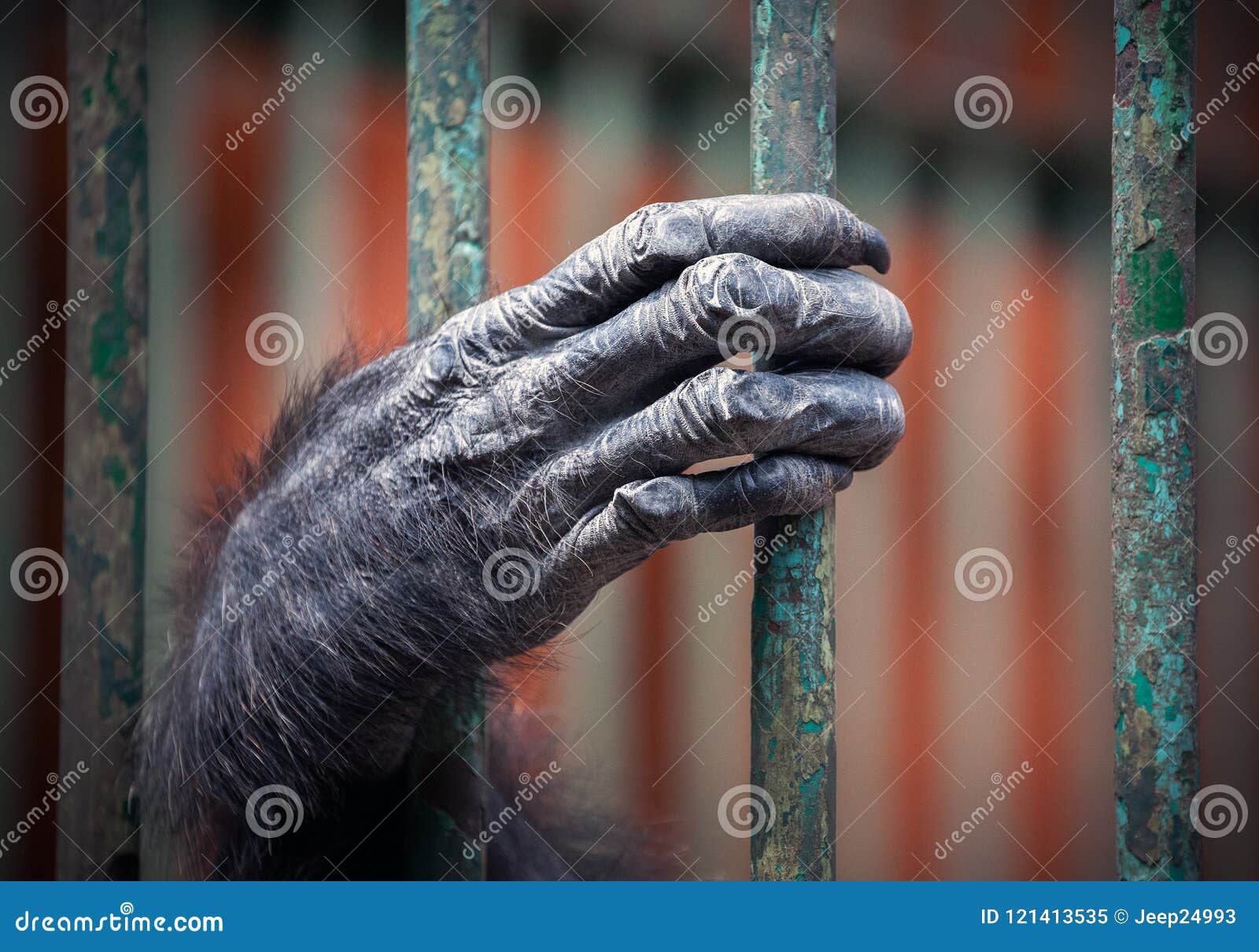

Losing which of the following digits would have the largest impact on what a human hand can do? You sever the tendon that controls your ring finger. An opposable thumb improves the ability of primates to securely grasp objects in their. The Philippine tarsier, a haplorrhine primate All primates have five fingers on each hand. The ring-tailed lemur, a strepsirrhine primate

The human hand is most similar to the hand of which of the following? Conversely, chimp hands are much longer and narrower. Read the following New York Times article and then answer the questions below: Anatomy of the intrinsic and extrinsic hand muscles concerning the thumb movement were studied in 6 primate species including tree shrews, slow lorises.
Chimpanzee hand thumb free#
To register, go to, enter your information, and press "Click to Complete Your Free Registration" at the bottom of the form. In a recent paper in the journal Biological Reviews, Carrier speculated that the bones of the masculine face may have co-evolved with the thumb to be able to withstand a punch. The scientists found that Brocas area was activated in the chimps brains after making gestures and vocalizing, but not after the rock task, signaling that this brain region is particularly tied.
Chimpanzee hand thumb registration#
Registration with The New York Times provides free and instant access to breaking news on. "Any evolutionary model of human hand evolution assuming a chimpanzee-like ancestor will likely be flawed from the beginning," he added."Each Flick of a Digit Is a Job for All 5" The thumb may touch the support, but does not squeeze it against the palm. "Another important take-home message is that if human hands are largely primitive, the 'relevant' changes promoting the emergence of widespread reliance on stone tool culture were probably neurological" and not manual-meaning it was our brains that allowed for adaptation. "The inevitable implication is that when hominins (the extended human family excluding apes) started producing flaked stone tools in a systematic fashion, probably as early as 3.3 million years ago, their hands were-in terms of overall proportions-pretty much like ours today," Almecija told AFP by email. They analysed the hand-length proportions of humans, as well as living and fossil apes to draw a picture of the evolutionary history, and found the human "thumb-to-digits ratio required little change since the LCA." There is a widely held assumption among palaeontologists that the last common ancestor (LCA) of humans and apes, an individual whose identity remains uncertain, was a prototype chimp with chimp-like hands.īut a team led by Sergio Almecija of The George Washington University's Center for the Advanced Study of Human Paleobiology, is challenging that. The human hand has a longer thumb relative to the other fingers than that of chimps and other apes-allowing for what scientists call "pad-to-pad" precision grasping, which simply means that our fingertips are able to touch. In fact, it is the hands of chimps and orangutans that changed most since they split off to form new branches of the hominid family tree-developing longer fingers, compared to the thumb, for swinging on tree branches. This hand morphology allows chimpanzees to use their hands as hooks while climbing. "These findings indicate that the structure of the modern human hand is largely primitive in nature, rather than the result of selective pressures in the context of stone tool-making," said a press summary from the journal Nature Communications, which published the study. Chimpanzees have very long hands and fingers, with short thumbs. In fact, human hands are likely more similar to those of the last common ancestor we and chimps shared millions of years ago.


Furthermore, the panda thumb is the sixth finger on its hand If you watched the hand of a baby panda grow, you would see that the thumb develops from a wrist bone. The panda thumb is just one bone sticking out of the side of the hand. On Tuesday, scientists in the United States and Spain said the human hand may be more primitive than that of our closest living cousin, the chimpanzee. The human thumb has joints and is made of many bones.


 0 kommentar(er)
0 kommentar(er)
